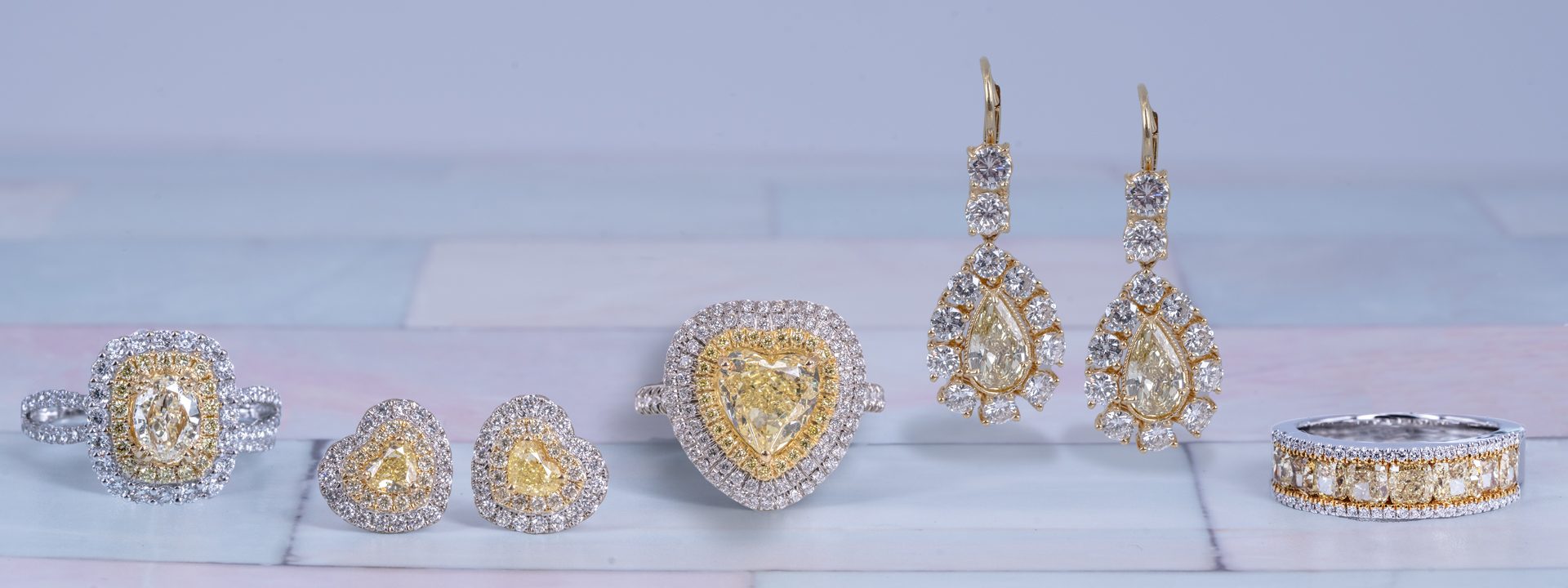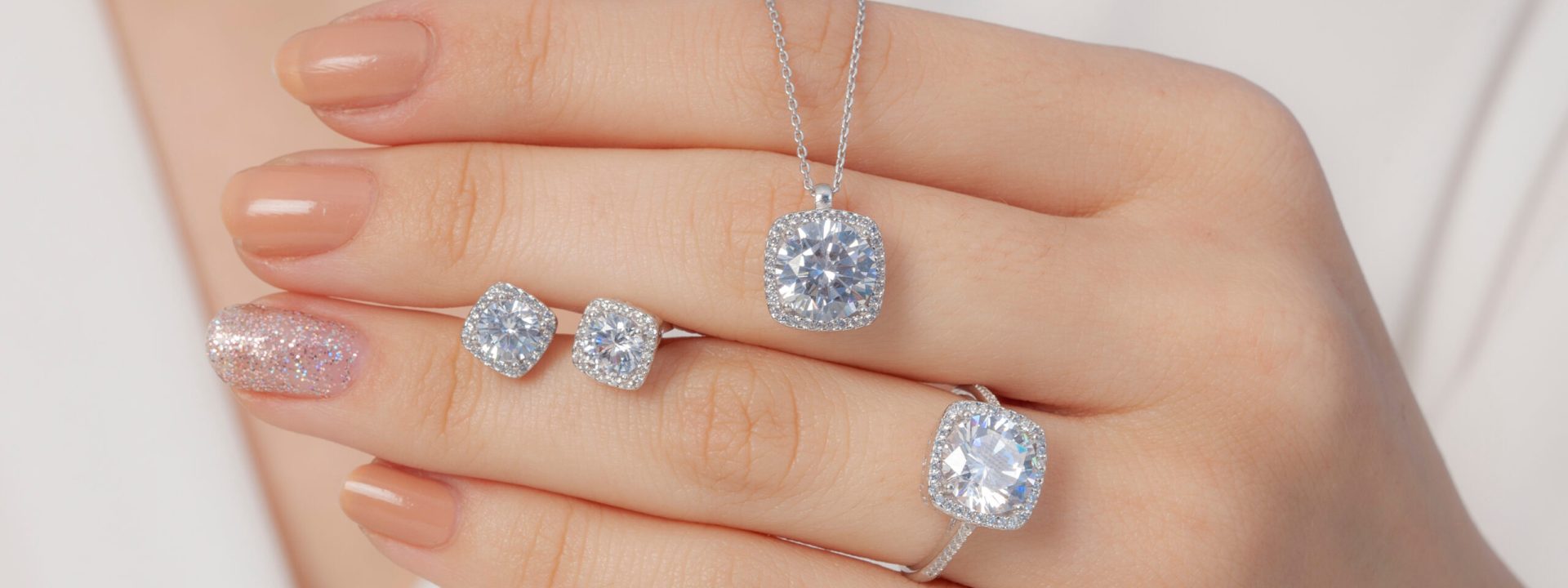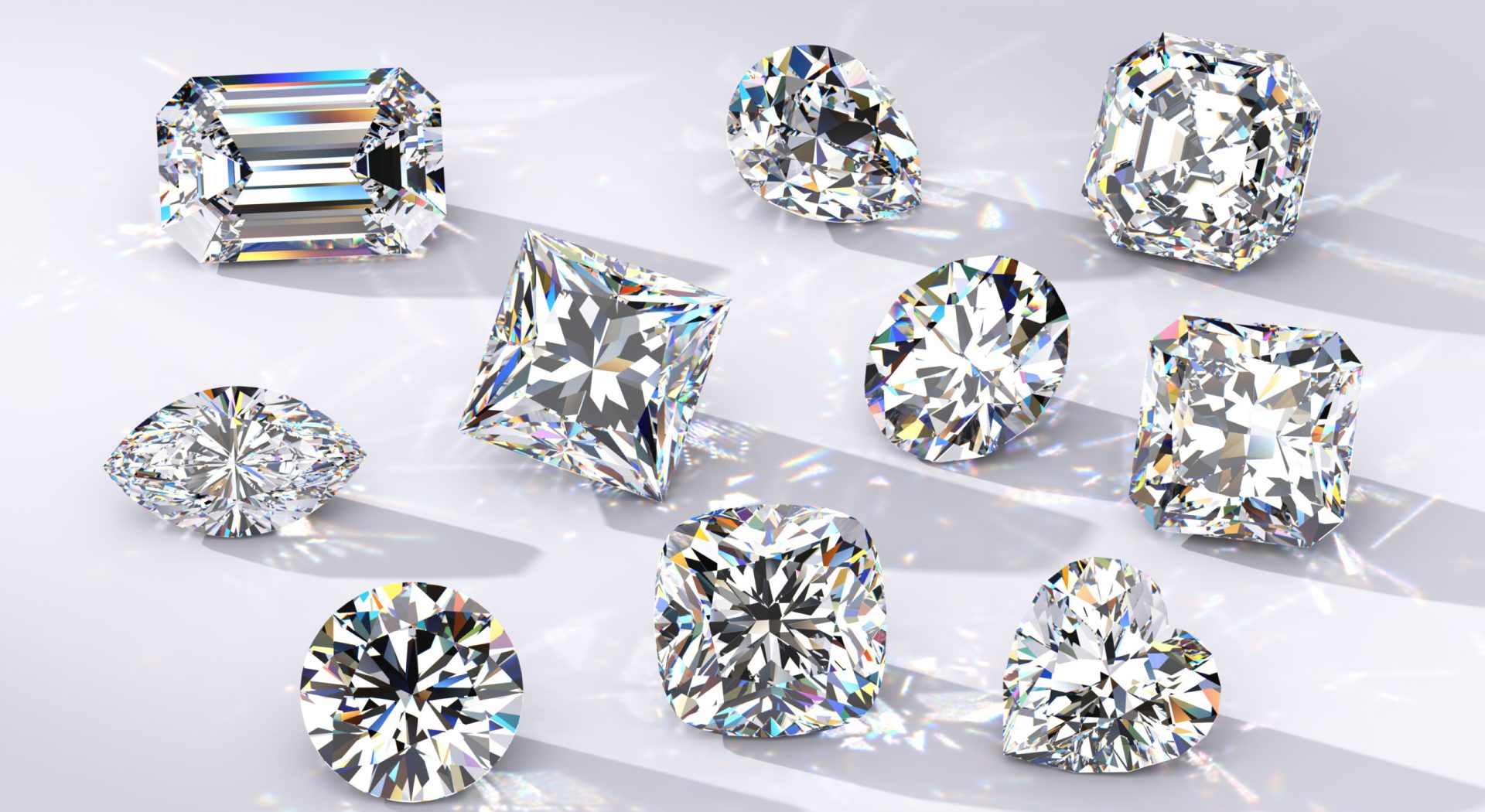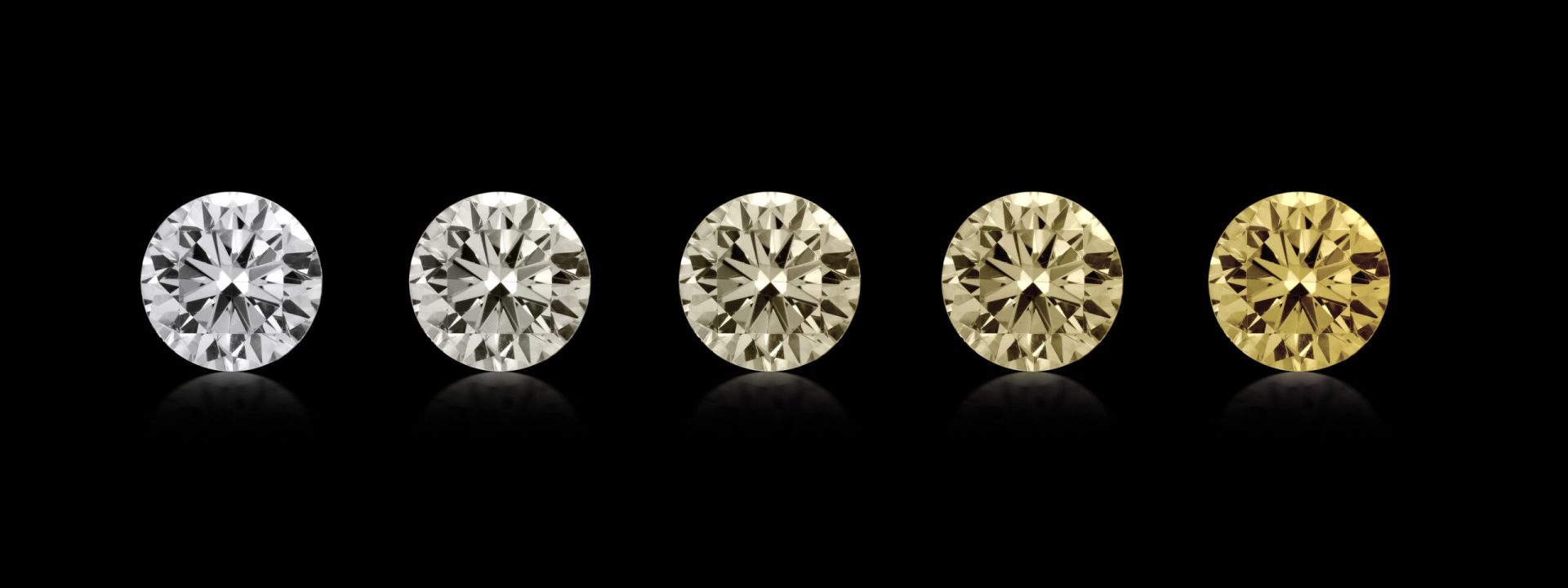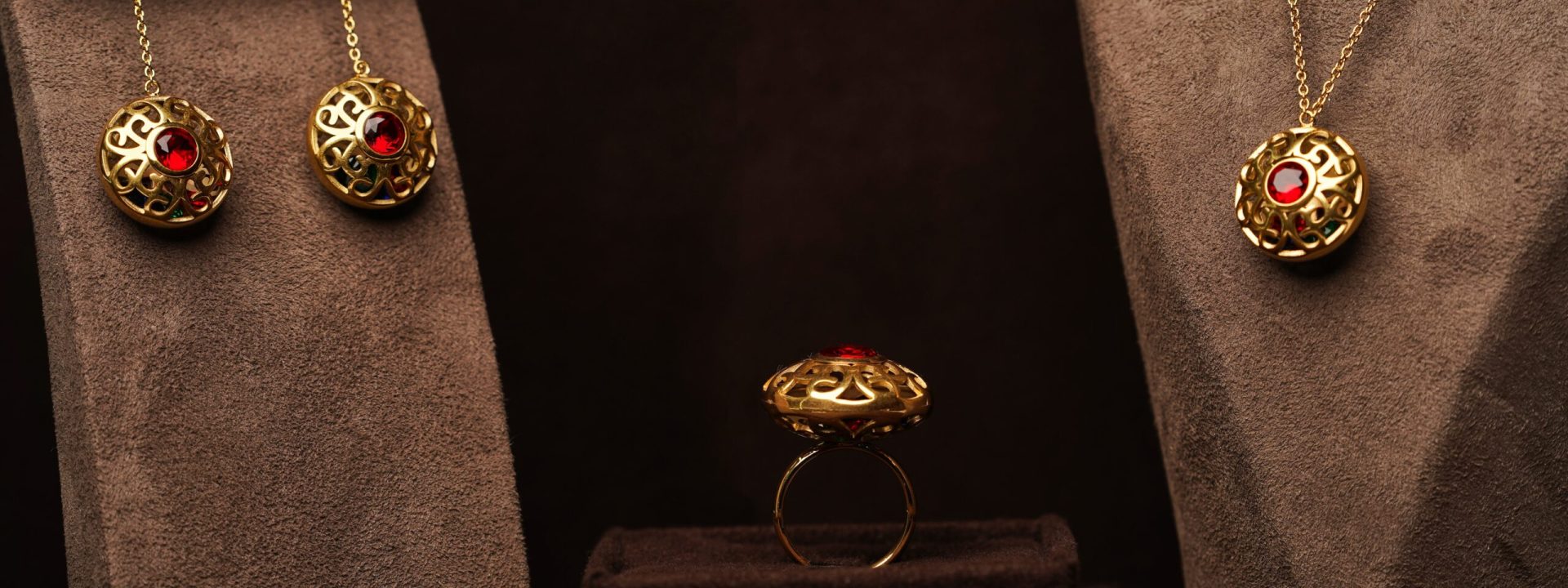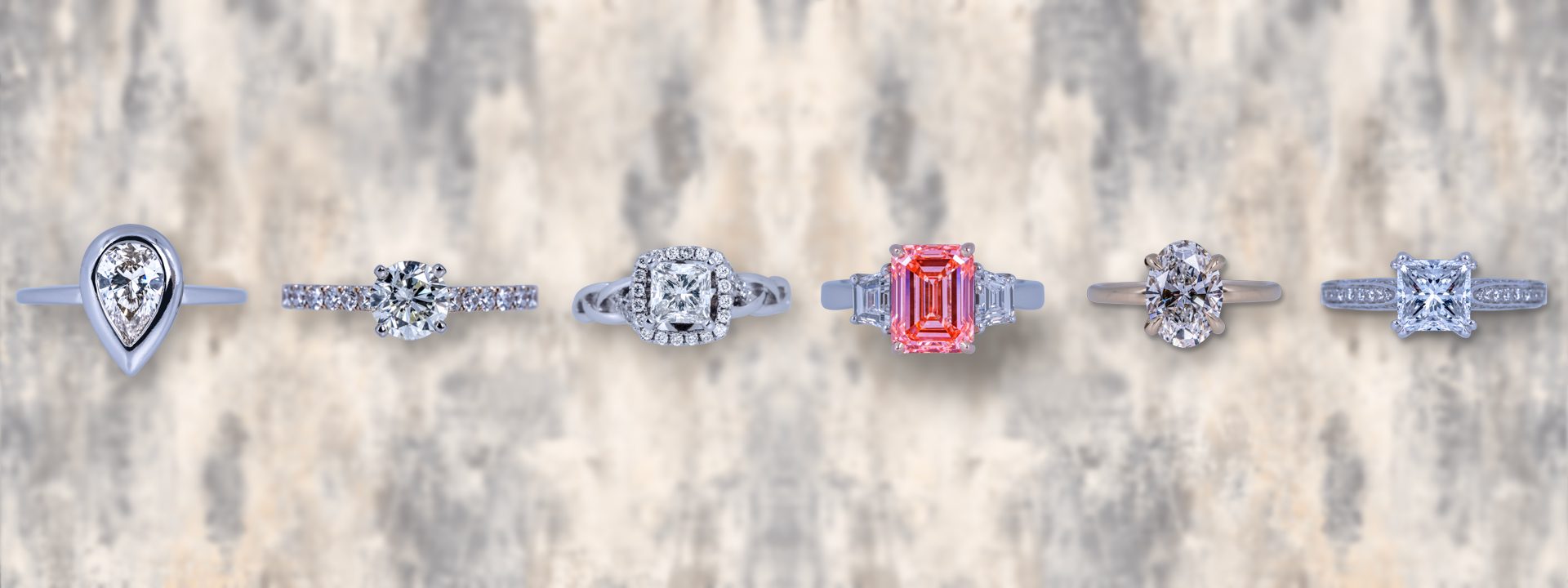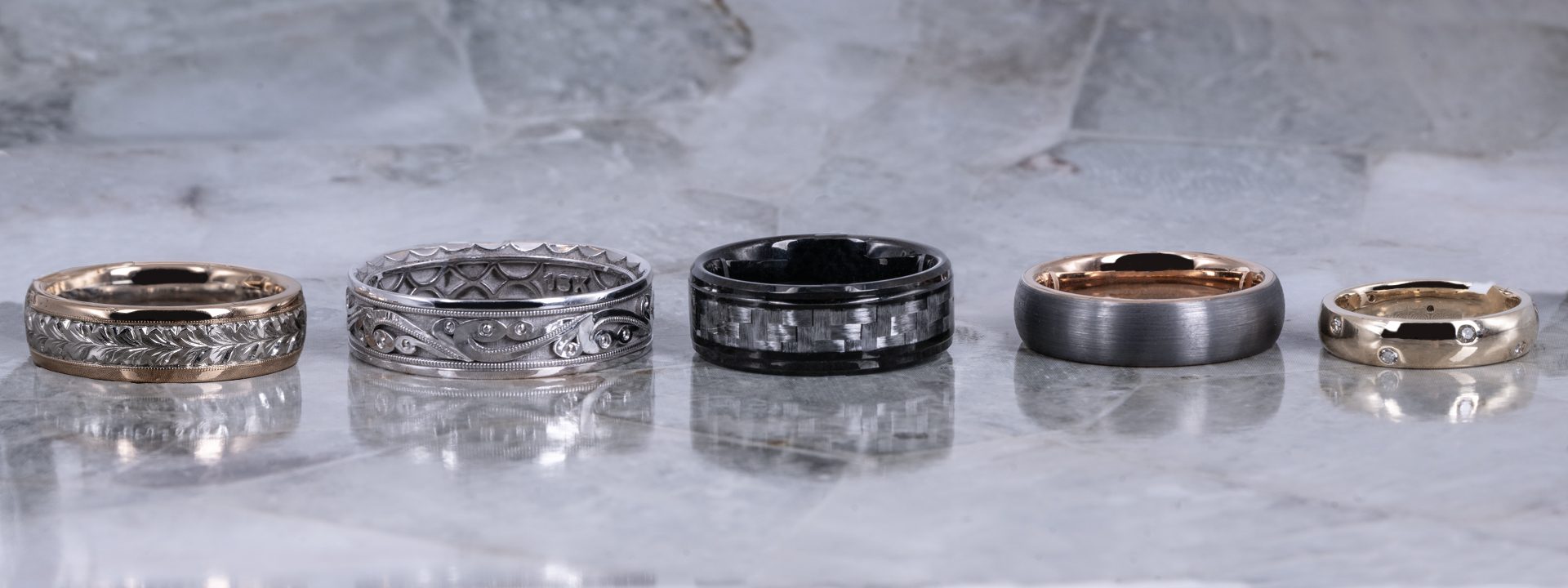
So, you’ve found the perfect wedding set for your sweetheart and it’s time to select your own wedding band. Men’s wedding bands come in a variety of different styles, not just the classic smooth band. You may feel even more overwhelmed by your ring choices than you were by hers. But there’s no need to fret because we will help you navigate the process!
Consider Your Budget & Lifestyle
Considering how much you want to spend could help when it comes to choosing some of your options, such as higher-end metals or embellishments like precious gemstones. But you don’t have to know your budget before visiting your jeweler to try on a variety of bands. Once you find one that is appealing, then you can decide whether to fit it into your budget. After all, a wedding band is meant to be a lifetime investment, so this splurge for the groom is allowed.
When choosing a wedding band, it is important to examine your lifestyle. Perhaps you work in a profession that requires you to work with your hands or use certain tools that could potentially damage your ring. There are certain metals like platinum and titanium that are known for durability. Are you an exceptionally active person? Maybe you’d prefer a ring that is more understated with no fuss. Remember, this is a piece of jewelry that you’ll likely wear daily and seldom remove. You want to make sure it can stand up to your daily activities.
Choose Your Metal & Fit
There are a variety of metals to choose from when selecting a men’s wedding band. Some of the most popular metals include platinum, titanium, stainless steel, and white, yellow, or rose gold. These metals vary in price and durability. For example, platinum is typically more expensive but is also very tough.
One of men’s biggest concerns when shopping for wedding bands is getting used to wearing a ring every day. If you’re not accustomed to wearing jewelry, this can certainly be an adjustment. This is exactly why making sure your band is the perfect fit is so important! Minor details like whether the edges of your band are flat or rounded can make a difference in the fit and feel of the ring. Trying on as many styles as possible will reveal what feels right for you.
Fitting Your Personality
Last, but certainly not least, you want to make sure that the wedding band you choose expresses your personality. This symbol of love and commitment is meant to be worn for a lifetime, so you want to make sure it accurately represents your unique style and identity. If your style is more reserved, you can opt for a classic wedding band with few embellishments. For a more modern look, you can consider adding extra detail or picking a less traditional metal like rose gold. If you’re a guy who doesn’t mind standing out, add some sparkle to your band. You can do this with round or square cut diamonds set in a channel through the center of the band.
Remember these tips and you’ll find the process to be less overwhelming than it may seem. And don’t forget, Leo Hamel Fine Jewelers has an exceptional selection of new and vintage men’s wedding bands in all price ranges! Visit our showroom today, meet with one of our friendly experts, and we’ll help you find the wedding band that is perfect for you!

